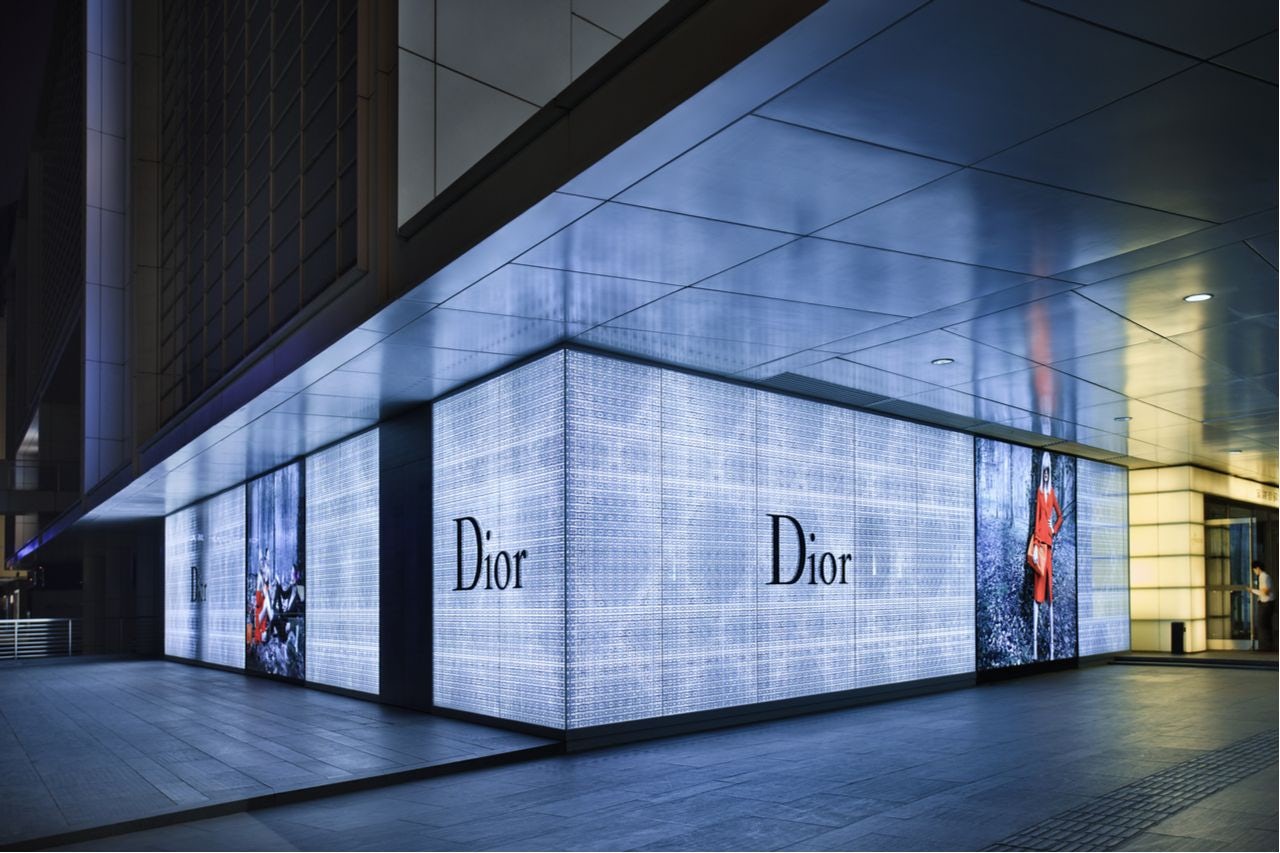A necklace was recently sold by a luxury brand for 400,000 — an impressive feat by any measure — yet that necklace wasn’t sold in a high-end jewelry store in Shanghai, Paris, Monaco or New York, but, surprisingly, on the online luxury retailer Moda Operandi, according to a report in Vogue Business. This is remarkable since most luxury brands still primarily rely on sales via their classic brick-and-mortar stores.
Obviously, there are many good reasons to visit a store and experience products in person. If you think about luxury skincare cream or makeup, applying the product on your skin is essential for many consumers before they purchase the item, and consumers might want to test drive a car or try on a piece of jewelry for similar reasons. Aside from personally experiencing the product, the luxury store staff can also provide a customer with recommendations, suggest alternatives, or inspire them to consider products they never would have chosen otherwise.
However, the examples of online purchases that exceed 100,000 in value last year show that consumers are increasingly open to buying luxury online. And having the world’s most digital consumers, China is leading this trend. Data for 2018 estimates that online penetration for luxury in China stands at almost 60 percent for Gen Zers (those born after 2000), roughly 40 percent for millennials (those born between 1980 and 2000) and only 25 percent for Gen Xers (born between 1960 and 1980). With more than 80 percent of luxury purchases in China coming from consumers younger than 40 years of age, a large shift in where luxury consumers make purchases is clearly happening.
It is important to note, though, that digital is not replacing brick-and-mortar purchases. We estimate that only about one percent of all consumers in China buy luxury exclusively online. Around 40 percent of all Chinese luxury consumers mix online with offline buying, and this includes Gen Xers. Vogue Business cites Cartier, stating that their online sales were incremental to the sales in stores, but their relaunch of the iconic Panthère watch through a Net-a-Porter pop-up was so successful, the company opted for a permanent presence on that platform.
Even if the vast majority of luxury purchases are still in stores, online plays a vital role in influencing those purchases. I asked the general manager of a successful luxury car dealership in Asia how many customers decided on their purchases in the store. His answer? Almost no one. He told me that most customers had already made up their mind using the internet before they’d entered the store. They search for reviews, data, and information, and they compare thoroughly. In China, consumers, who spend most of their digital life on WeChat, follow influencers and form their opinions about the brand before they enter the store, or in this case, the luxury car dealership. However, he added, the dealership experience is an essential part of the sale. Coming to the store confirms the decision in the best case or reverses the choice in the worst case. Online and offline are not separate experiences anymore — they’re fully integrated, and brands need to treat them as such. When brands create a seamless experience that includes all digital and physical touchpoints, value creation is at its highest.
McKinsey confirms that about 80 percent of luxury purchases are digitally influenced, and consumers average five different brand interactions before deciding on a final purchase. Those interactions can be physical or digital, and the purchase can be physical or digital. Hence, creating an end-to-end experience between all touchpoints is of utmost importance. When a consumer wants to buy in a store, he or she should have the opportunity to do so, and when he or she wants to buy online, there needs to be a seamless option.
Therefore, brands should map their entire customer journey digitally and collect and connect data for each touchpoint. Independent of digital or physical interaction, it is essential that the customer is always being optimally and consistently served. Given the millions of customer journeys that happen with larger brands at any moment in time, a digital infrastructure connecting online and offline is the only way to ensure a seamless brand experience.
Surprisingly, most luxury brands do not have that capability today. Many that present themselves as leaders in digital transformation focus mainly on the online part but forget (or refuse) to create an integrated data infrastructure with advanced insight and digital marketing capabilities. Especially for China, the ability to connect online with offline experiences is the only game-changer, and it’s an excellent opportunity for new brands to start with a clean slate.
What are the best practices for implementing the seamless online-to-offline change that Millennials and Gen Zers demand? Among the most transformative exercises have been luxury leadership workshops with the leadership teams of luxury brands, where successes and failures are studied across topics like Gen Z perspectives, influencers, social media, stores of the future, digital leadership, and the application of AI along all touchpoints. Each topic leads to an assessment of what needed to be changed, which generates significant input for long- and mid-term strategies.
Generation Z and Millennials are changing the face of luxury, both online and offline. Companies need to rethink their approach from the top down, and only brands that make the aforementioned shift will become the luxury leaders of the future. This digital transformation isn’t optional, either — it’s critical.
Daniel Langer is CEO of the luxury, lifestyle, and consumer brand strategy firm Équité. He consults some of the leading luxury brands in the world, is the author of several luxury management books, serves as a regular keynote speaker, and holds management seminars in Europe, the USA, and Asia. Follow @drlanger


